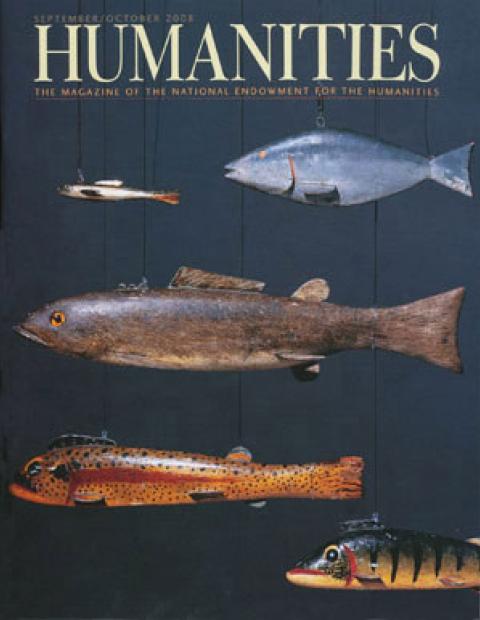Translated into English for the first time, with NEH support, by Curt Leviant, The Golem and the Wondrous Deeds of the Maharal of Prague compiles twenty legendary stories that did not actually spring from legends, but from the imagination of a business-savvy Polish rabbi.
The most vivid, pervasive and influential version of the golem legend emerges from sixteenth-century Prague and is indelibly linked with Rabbi Loew (1525–1609), the famous spiritual leader of the Prague Jewish community, known as the Maharal (an acronym for Morenu Ha-Rav Loew). The legend of the Maharal and the golem he made for his own personal use, to fetch water and chop wood, makes its debut in the first third of the nineteenth century. None of the Maharal’s works nor those of his contemporaries mentions the golem legend, nor do any writings of the Maharal’s disciples. Furthermore, whatever tales of the golem circulated either orally or in writing had him doing domestic tasks and nothing more.
But then, in 1909, in Warsaw, a singular event occurred that changed the direction of the legend for the rest of the twentieth century and prompted the efflorescence of this story in so many branches of art. It was the appearance of Niflo’es Maharal (actual full title, The Wondrous Deeds of the Maharal of Prague with the Golem), by Yudl Rosenberg—a short book of stories about the Prague rabbi and the golem he created.
As an Orthodox rabbi in Warsaw, in a community that viewed fiction as frivolous and utterly outside the Jewish tradition of Torah study, Rosenberg had to disguise his authorship of the book. He resorted to the classic ruse of the “discovered” manuscript à la Defoe in Robinson Crusoe and Swift in Gulliver’s Travels, who also pretended their books were written by someone else, as did Alexander Dumas, who in his preface to his Three Musketeers (1844) claims he discovered his text in the Royal Library. To an unsuspecting public, Rosenberg was able to pass off his own book as if it had been written hundreds of years earlier by the Maharal’s son-in-law, Rabbi Isaac Katz. (To this day some people still believe this.) Rosenberg’s claim that the Maharal’s son-in-law wrote the book naturally enhanced its value. Readers were more eager to buy a book about the Maharal and the golem written by a relative than one by an unknown Warsaw rabbi.
Copyright © 2007 by Curt Leviant. Reproduced by permission of Yale University Press.

